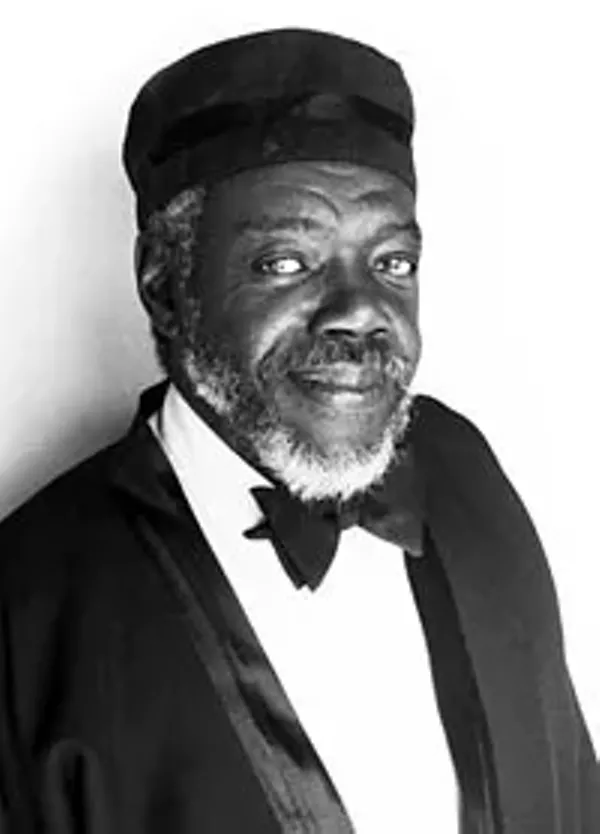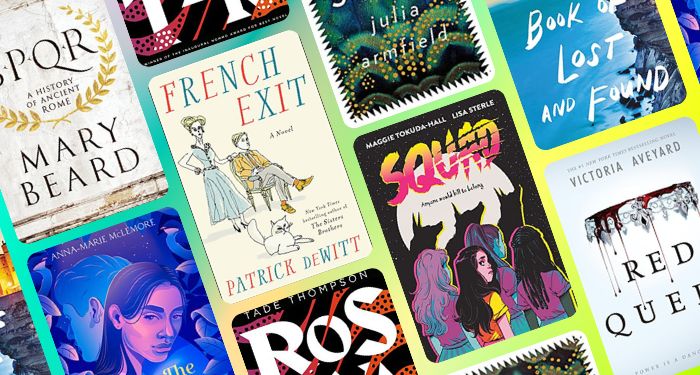
During these moments, I found myself losing a lot of focus on the art in the world because I was so frustrated with the design of the puzzles. When these puzzles aren’t as easy, gameplay consists of walking around areas repeatedly to turn on different combinations of switches across the map. This doesn’t reveal anything about the character, at most just making a statement about balance being the key to a healthy relationship–if at all. The player must then balance two scales evenly with flowers for them to recover and reveal a stairwell to progress. When the player moves closer, the statues disintegrate and reveal their hearts.

One of them, representing love, renders a statue of two figures holding each other and kissing. However, these puzzles are either never connected to the surrounding artwork or being used to express a general concept without too much to look deeper into.įor example, a reoccurring moment that occurs throughout the game is a dark void where a statue represents an emotional aspect of the painter’s life. Art does not exist in the environment to just be viewed, but the ability to view must be rewarded for solving cryptic puzzles. Summertime Madness also struggles with its form as a surrealist art gallery within a video game because it still remains entrenched in conservative video game design. Both place art within an aestheticised space for the pleasure of their spectacle. The works will be seen by some who possibly have historical connections or interest in a piece, but many will come to just be in the space with a famous work or for the space itself without taking away much to remember at all.īetween the two, the major difference is the fact that one exists wholly in a virtual world and the other in real space.
#Summertime madness review series#
The space is designed to attract guests and possible donors whether it’s through a plain white box or an immersive series of rooms. Art that was purchased by a series of millionaires line the walls with only a slight string of connections between each work.

In a similar fashion, perhaps we can imagine an art gallery in the flatiron district of New York City owned by an oil baron heiress. However, there is a difference between art being placed in a space for aesthetic expression versus being spatialised for environmental spectacle. Seeing something in a game does make me feel something because games are a haptic-visual form. The spiraling hallway of infinity makes me dizzy and question time, the spatialisation of Dali’s The Persistence of Memory catches my eye because it is out of place. Despite the lack of cohesion between all of the pieces existing within the world space, they still make you feel something by just moving through them. The game doesn’t “fail” to make me think because I have to process the game’s images in order to move through it. I’m considering this as an art gallery because I don’t want to discount the inherent value in walking around these environments. Looking around the GalleryĪs Zolani Stewart has written, games have historically and continued to fail presenting images for the comfort of prioritising environmental information.

The player walks into a room, works through puzzles over an hour or so, and throughout the process sees various artworks. Rather than thinking of this as the game failing to translate this aesthetic however, it transforms from an atmospheric first-person experience to something more comparable to an art gallery. There is no aesthetic meaning to take away from the collection of surrealist images rendered by the game instead, they are placed to create recognition and spectacle. Rather, in what Esther Rosenfield calls “a container for reference points” in writing about Ghosts of Tsushima.

Yet, none of these inclusions are ever given any larger meaning outside of the fairly standard plot of the painter’s escape. This art can also appear very literally as a virtual copy, for instance René Magritte’s sky-filled silhouette from Décalcomanie appearing on a wall. Entire rooms display their inspiration such as a section of endless stairways paralleling M.C. What’s unique to the visual choices of the game is that a large part of the world is translated from surrealist art into 3D space.


 0 kommentar(er)
0 kommentar(er)
